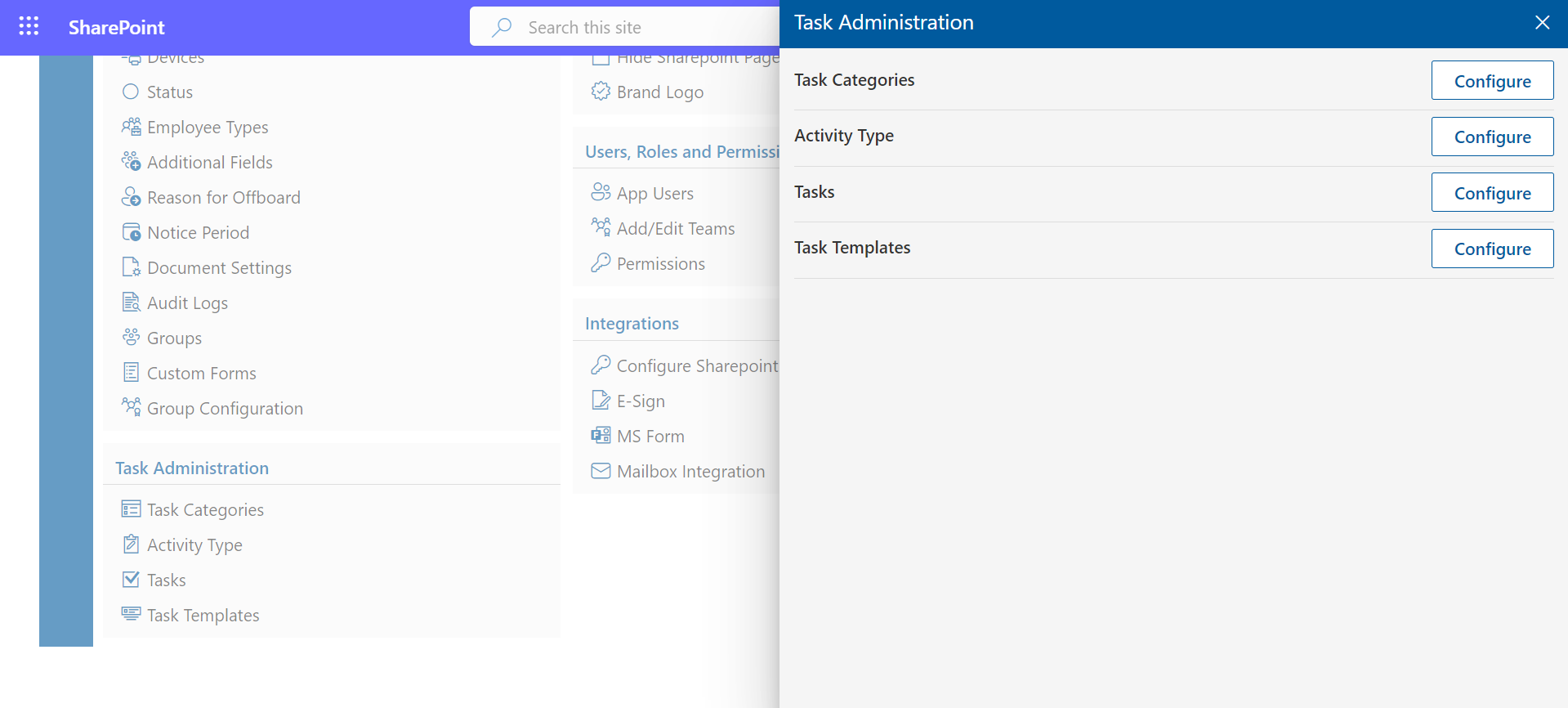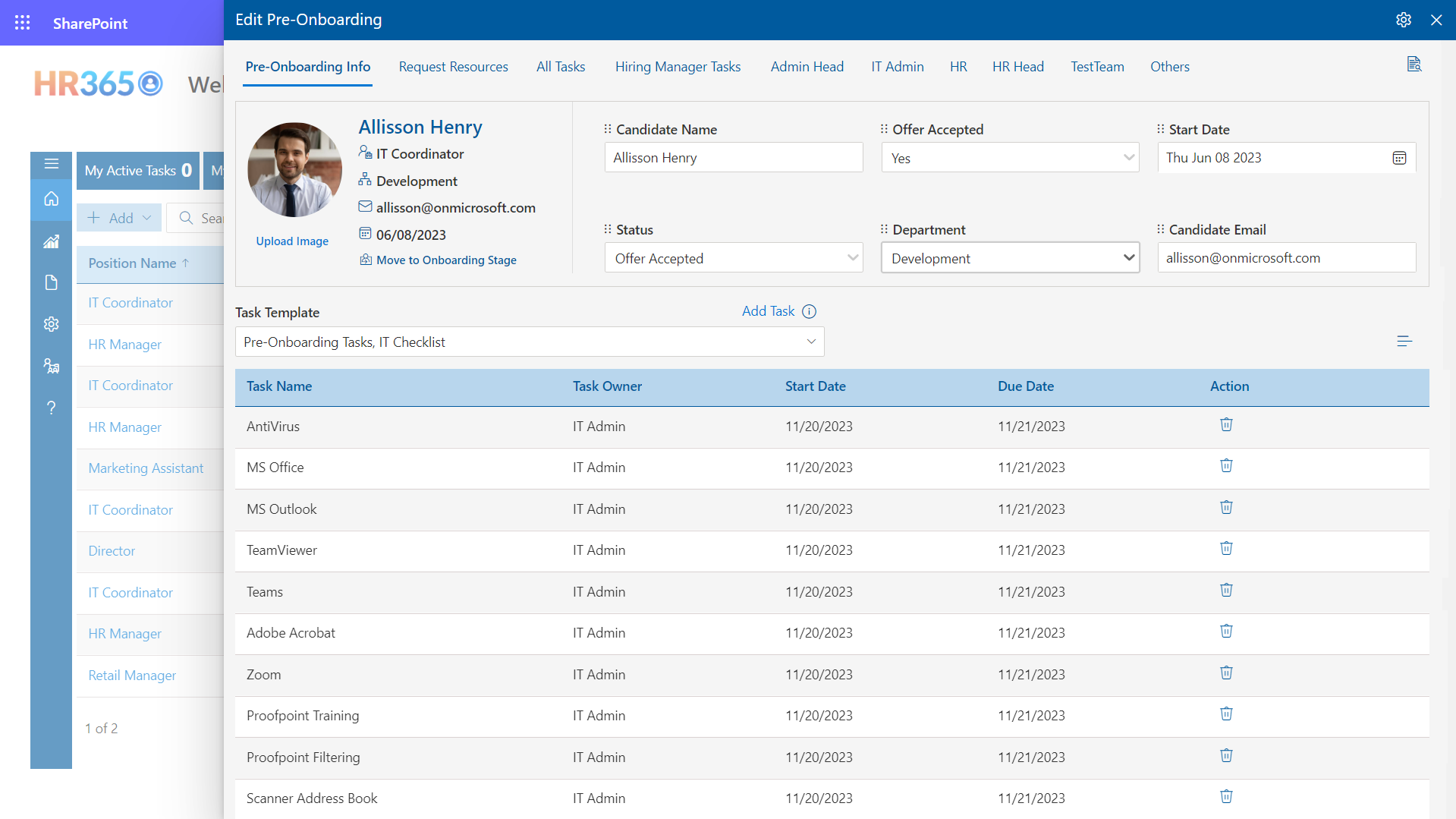Best Employee Onboarding Software
A best employee onboarding software plays a vital role in any organisation when it comes to well-crafted onboarding process. Let’s understand thoroughly Below:
Introduction to Employee Onboarding Software:
Even with your best efforts to impress a recruit, failing to meet their initial expectations can backfire. Approximately 4% of freshly hired employees opt out after a disappointing first day. What makes these quick exits? It boils down to dissatisfaction and disengagement, as these factors play a pivotal role in driving new hires away prematurely and then employee onboarding software come to the picture.
What is Employee Onboarding Software?
Employee onboarding software is a type of technology solution designed to streamline and automate the process of integrating new employees into an organization. It encompasses various tools and features to facilitate tasks such as paperwork completion, orientation scheduling, training management, and communication with HR personnel and team members.
Importance of Employee Onboarding Software?
Employee onboarding software plays a crucial role in modern HR practices and organizational efficiency. Here are several reasons highlighting its importance:
1) Streamlined Process: Onboarding software revolutionizes the onboarding journey by automating key steps like document collection, form filling, and task assignment. This streamlining significantly reduces the administrative burden on HR personnel while providing a seamless experience for new hires. By automating repetitive tasks, it frees up time for HR teams to focus on more strategic initiatives, ultimately enhancing efficiency and productivity. Moreover, it ensures accuracy and consistency in the onboarding process, minimizing errors and ensuring compliance with regulations.
2)Consistency and Compliance: By enforcing a standardized onboarding process, the software guarantees consistency across all new employee experiences, mitigating the possibility of oversight and ensuring alignment with both legal requirements and company policies. This uniform approach not only enhances quality but also serves as a protective measure against potential legal ramifications. By systematically guiding each employee through the necessary steps, the software establishes a solid foundation for compliance, safeguarding the organization’s reputation and minimizing regulatory risks.
3)Enhanced Engagement: Employee Onboarding software streamlines administrative tasks, allowing HR teams to focus more on creating meaningful interactions with new hires. By incorporating elements such as gamification and progress tracking, these platforms make the onboarding process more dynamic and engaging. Furthermore, personalized onboarding experiences cater to individual preferences and learning styles, maximizing retention of essential information. As a result, employees feel valued and invested in their roles, leading to higher job satisfaction and productivity.
4)Efficient Training: The integration of onboarding software with learning management systems facilitates the seamless transition from onboarding to ongoing training. By delivering targeted training modules based on job roles or departmental requirements, organizations can address the unique needs of each employee, promoting skill development and proficiency. This approach not only accelerates the time to proficiency but also minimizes the need for extensive classroom training, thereby saving valuable resources and reducing training-related expenses. Additionally, the ability to track progress and assess comprehension through integrated assessments allows for continuous improvement and refinement of training programs.
5)Improved Communication: Effective communication is at the heart of successful onboarding processes, and modern software solutions offer a range of tools to facilitate this exchange. Messaging platforms enable swift and direct communication between HR personnel, managers, and new hires, streamlining the flow of information and ensuring everyone remains informed and engaged. Scheduling tools help coordinate meetings, training sessions, and other onboarding activities, minimizing confusion and maximizing efficiency.
6)Data Analysis and Insights: Onboarding process enables organizations to implement automation, reducing manual errors and streamlining operations. By harnessing advanced analytics tools, businesses can delve deeper into the data to uncover patterns and correlations that may otherwise go unnoticed. This data-driven approach empowers decision-makers to make informed adjustments to the onboarding process, ultimately enhancing employee engagement and retention. Moreover, continuous monitoring of these metrics allows organizations to adapt swiftly to evolving needs and market dynamics, ensuring sustained efficiency and effectiveness in their onboarding practices.
7)Remote Onboarding: In the era of remote work, onboarding software has become indispensable for organizations. It facilitates the seamless integration of new hires regardless of their location, granting access to essential documents, training resources, and support remotely. This technology ensures that the onboarding process remains efficient and effective, even in dispersed work environments. By centralizing onboarding materials and processes online, companies can streamline the experience for both new employees and HR teams, fostering productivity and engagement from day one.
8)Cost Savings: Implementing onboarding software may require an initial investment, but its long-term benefits far outweigh the upfront costs. By automating administrative tasks such as paperwork processing and compliance checks, it significantly reduces the burden on HR personnel, leading to substantial cost savings in terms of labour hours. Additionally, the software minimizes the risk of manual errors commonly associated with traditional onboarding methods, thereby reducing potential liabilities and associated costs.
Who Can Use Employee Onboarding Software?
1)Corporations and Businesses: Large, medium, and small businesses can use employee onboarding software to streamline the process of bringing new hires into the company, ensuring they have all the necessary information, training, and resources to become productive quickly.
2)Human Resources Departments: HR departments within companies often manage the onboarding process, and using specialized software can help them efficiently handle tasks such as paperwork, compliance training, and integration into company systems.
3)Recruitment Agencies and Staffing Firms: Companies that specialize in recruiting and placing employees can use onboarding software to manage the transition of candidates from being hired to becoming active employees of client companies.
4)Educational Institutions: Colleges, universities, and other educational institutions that hire faculty and staff can use onboarding software to facilitate the integration of new hires into the academic community.
5)Nonprofit Organizations: Nonprofits and NGOs also onboard new employees, volunteers, and interns. Onboarding software can help these organizations ensure that everyone involved understands the organization’s mission, policies, and procedures.
6)Government Agencies: Local, state, and federal government agencies hire employees and can benefit from using onboarding software to ensure compliance with regulations and streamline the process for new hires.
7)Remote and Distributed Teams: With the rise of remote work, onboarding software becomes even more crucial for companies with distributed teams. It helps in standardizing the onboarding process and ensuring remote employees have access to all necessary resources and information.
8)Contractors and Freelancers: Companies that frequently hire contractors or freelancers for short-term projects can use onboarding software to ensure these workers have access to project-specific information, tools, and resources.
What Are the Features of Best Employee Onboarding Software?
Employee onboarding software typically offers a range of features designed to streamline the process of integrating new hires into an organization. Here are some common features you might find in such software:
Employee Data Management:
Centralized storage and management of employee information, including personal details, contact information, employment history, and documentation.
Communication Tools:
Built-in communication tools for HR personnel to communicate with new hires, answer questions, provide guidance, and facilitate socialization within the organization.
Employee Self-Service Portals:
Employee portals or dashboards where new hires can access onboarding resources, track progress, complete tasks, and find relevant information.
What Are the Challenges in Employee Onboarding Software?
Employee onboarding software plays a crucial role in efficiently integrating new hires into an organization. However, several challenges can arise in the development, implementation, and usage of such software:
1)Customization: Every organization has its unique onboarding process and requirements. Developing software that can be easily customized to accommodate these specific needs while maintaining usability can be a challenge.
2)Integration with existing systems: Many organizations already have various HR systems in place, such as payroll, time tracking, or performance management software. Ensuring seamless integration between onboarding software and these existing systems is crucial for data consistency and efficiency.
3)User experience: The software should be intuitive and user-friendly for both HR professionals and new hires. Complicated interfaces or processes can lead to frustration and inefficiency.
4)Compliance and security: Onboarding involves handling sensitive information such as personal details, payroll information, and legal documents. Ensuring compliance with data protection regulations (e.g., GDPR, HIPAA) and maintaining high-security standards to protect this data from breaches or unauthorized access is a significant challenge.
5)Scalability: As organizations grow or experience fluctuations in hiring volume, the onboarding software must be able to scale accordingly to handle increased demands without compromising performance or user experience.
6)Mobile accessibility: With the rise of remote work and mobile devices, onboarding software should ideally be accessible from various devices and platforms to accommodate the needs of remote or mobile employees.
7)Training and support: Providing adequate training and support to HR personnel and new hires using the onboarding software is essential for successful adoption and utilization.
8)Feedback mechanisms: Incorporating mechanisms for collecting feedback from both HR administrators and new hires can help identify areas for improvement and ensure continuous optimization of the onboarding process.
How Employee Onboarding Software Evolved?
Employee on boarding software has evolved significantly over the years, driven by
advancements in technology, changes in workplace dynamics, and a growing emphasis on employee experience. Here’s an overview of how employee onboarding software has evolved:
1)Paper-based Processes: Traditionally, employee onboarding involved filling out numerous paper forms, which were time-consuming and prone to errors. This method was inefficient and lacked scalability.
2)Early Onboarding Systems: In the late 1990s and early 2000s, basic onboarding systems started to emerge. These systems were often on-premises software solutions that helped automate some aspects of the onboarding process, such as form completion and document management.
3)Cloud-Based Solutions: With the rise of cloud computing in the mid-2000s, onboarding software shifted to cloud-based solutions. This made the software more accessible, scalable, and cost-effective for organizations of all sizes. Cloud-based onboarding platforms also facilitated remote access and collaboration.
4)Integration Capabilities: Modern onboarding software began integrating with other HR systems such as applicant tracking systems (ATS), human resource information systems (HRIS), and payroll software. This integration enabled a seamless flow of data throughout the employee lifecycle and improved overall efficiency.
5)Mobile Optimization: As smartphones became ubiquitous, onboarding software started offering mobile-optimized experiences. This allowed new hires to complete onboarding tasks on their smartphones, making the process more convenient and accessible.
6)Personalization and Customization: Today’s employee onboarding software often offers personalized onboarding experiences tailored to each employee’s role, department, and location. Customizable workflows, content, and messaging help organizations deliver a more engaging onboarding experience.
7)Automation and AI: Artificial intelligence (AI) and automation have revolutionized employee onboarding by automating routine tasks, such as form filling, document verification, and training assignments. AI-driven analytics can also provide insights into the effectiveness of the onboarding process and identify areas for improvement.
8)Employee Self-Service: Onboarding software now empowers employees to take control of their onboarding experience through self-service portals. Employees can access relevant information, complete tasks, and track their progress without constant supervision from HR staff.
Conclusion :
Selecting the best employee onboarding software is essential for fostering a seamless and productive transition for new hires. With its user-friendly interface, robust features, and customizable options, employee onboarding 365 stands out as the optimal choice for streamlining the onboarding process. By investing in this innovative solution, companies can efficiently integrate new employees, enhance engagement, and ultimately, propel organizational success. For more details visit hr365.us and book a free 14 days trail!
Frequently Asked Questions
Yes, many employee onboarding software solutions offer integration capabilities with commonly used HRIS, payroll, and other systems. Integration ensures seamless data flow between platforms, eliminating the need for manual data entry and reducing errors.
Employee onboarding software is designed to be intuitive and user-friendly for both HR professionals setting up onboarding workflows and new hires completing onboarding tasks. Look for software with a clean interface, guided workflows, and self-service capabilities to ensure a positive user experience.
Yes, many employee onboarding software solutions offer remote-friendly features such as virtual document signing, online training modules, and video conferencing integrations to support remote or hybrid onboarding processes.
Employee onboarding software should be scalable to accommodate the needs of growing organizations, whether adding new hires, locations, or departments. Look for software that offers flexible pricing plans and customizable features to scale alongside your organization.
Most of above if not all, can be addressed by out of the box, secured, easy to use and reliable best Employee onboarding software by Employee Onboarding 365 from HR365 built on Microsoft 365 platform and used globally by 6000+ clients.
Choosing the right employee onboarding software for your organization involves careful consideration of several factors to ensure it aligns with your specific needs and requirements. Here’s a step-by-step guide to help you make the right decision:
Assess Your Organization’s Onboarding Needs: Start by identifying your organization’s onboarding requirements and objectives. Consider factors such as the number of new hires you onboard regularly, the complexity of your onboarding process, compliance requirements, and any specific challenges or pain points you want to address with the software.
Define Key Features and Functionality: Determine the essential features and functionality you need in an employee onboarding software. Some common features to consider include:
- Digital onboarding forms and document management
- Task assignment and workflow automation
- Compliance management and document tracking
- Training and development modules
- Integration with HRIS, payroll, and other systems
- Reporting and analytics on onboarding metrics and performance
Consider Integration Capabilities: Evaluate whether the employee onboarding software integrates seamlessly with your existing HR systems, such as HRIS, payroll, applicant tracking systems (ATS), and learning management systems (LMS). Integration ensures data consistency, eliminates duplicate data entry, and streamlines processes across different platforms.
Evaluate Ease of Use: Choose a user-friendly employee onboarding software with an intuitive interface that is easy for both HR professionals and new hires to navigate. A system that offers self-service capabilities, customizable workflows, and automated notifications can enhance user adoption and minimize training requirements.
Assess Scalability and Flexibility: Select employee onboarding software that can scale to accommodate your organization’s size and growth. Consider whether the software supports multiple locations, departments, or business units, and if it offers customization options to adapt to evolving onboarding processes and requirements.
Review Vendor Reputation and Support: Research the reputation and track record of potential vendors or providers offering employee onboarding software. Look for reviews, testimonials, and case studies from other organizations using the software. Additionally, assess the level of customer support, training, and ongoing maintenance provided by the vendor to ensure a positive experience post-implementation.
Evaluate Security and Compliance: Prioritize data security and compliance with data protection regulations when selecting employee onboarding software. Ensure that the software employs robust security measures such as encryption, access controls, and compliance with relevant data privacy laws (e.g., GDPR, CCPA) to protect sensitive employee information.
Consider Cost and Return on Investment (ROI): Evaluate the cost of implementing and maintaining the employee onboarding software, including licensing fees, implementation costs, subscription fees (if applicable), and any additional expenses such as customization or training. Calculate the potential ROI based on the expected benefits, such as time savings, improved accuracy, compliance, and employee engagement.
Request Demos and Trial Periods: Before making a final decision, request demos or trial periods from shortlisted vendors to test the functionality and usability of the employee onboarding software firsthand. This allows you to assess how well the software aligns with your organization’s needs and requirements before committing to a purchase.
Seek Input from Stakeholders: Involve key stakeholders, such as HR personnel, hiring managers, IT professionals, and new hires, in the selection process. Gather feedback and insights from different departments and user groups to ensure that the chosen employee onboarding software addresses the needs and concerns of all stakeholders effectively.
By carefully considering these factors and involving relevant stakeholders in the decision-making process, you can choose employee onboarding software that streamlines your onboarding processes, improves efficiency, and enhances the overall employee experience.
Onboarding software can significantly reduce the administrative burden on HR, ensure a consistent onboarding experience, improve new hire retention, and help new employees become productive faster.
Onboarding software significantly enhances the new hire experience in several ways:
Streamlined Process
- Automated Workflows:
Onboarding software automates many repetitive tasks, such as sending welcome emails, scheduling training sessions, and reminding new hires of pending tasks. This ensures a smooth and efficient onboarding process without overwhelming the new hire or the HR team.
- Task Management:
New hires receive clear instructions and timelines for completing necessary forms, training, and introductions. This structured approach helps them understand what is expected and stay on track without feeling lost.
Access to Resources
- Centralized Information:
The software provides a centralized portal where new hires can access all necessary documents, training materials, and company information. This makes it easy for them to find what they need without having to ask multiple people.
- E-Signature Capabilities:
New hires can electronically sign documents, contracts, and forms, eliminating the need for physical paperwork and making the process quicker and more convenient.
Personalization and Customization
- Tailored Experience:
Onboarding software can be customized to align with the new hire’s specific role and department, providing relevant training and resources. This personalized approach helps new employees feel more connected and prepared for their specific job.
- Cultural Integration:
The software often includes information about company culture, values, and policies, helping new hires integrate better and understand the organizational environment.
Enhanced Communication
- Communication Tools:
Integrated communication tools, such as messaging and forums, allow new hires to easily connect with their colleagues and managers. This fosters early relationship building and collaboration.
- Feedback Mechanisms:
New hires can provide feedback on their onboarding experience, enabling continuous improvement of the process and addressing any concerns or issues promptly.
Training and Development
- Interactive Training Modules:
Interactive and engaging training modules help new hires learn essential skills and knowledge effectively. These modules can include videos, quizzes, and simulations to enhance learning.
- Progress Tracking:
New hires and their managers can track progress through the onboarding process, ensuring that all necessary steps are completed and identifying areas where additional support might be needed.
Support and Engagement
- Self-Service Options:
Self-service portals allow new hires to complete tasks at their own pace, access resources, and find answers to their questions independently, fostering a sense of empowerment.
Buddy Programs:
Some onboarding software includes features for pairing new hires with a mentor or buddy, providing them with a go-to person for questions and support during their initial days.
Compliance and Consistency
- Standardized Process:
Onboarding software ensures that all new hires receive a consistent onboarding experience, reducing the risk of important steps being overlooked and ensuring compliance with legal and company policies.
- Compliance Tracking:
The software helps track compliance with regulatory requirements and company policies, ensuring that all necessary documents are signed and training is completed.
Overall Benefits
By making the onboarding process more organized, interactive, and supportive, onboarding software helps new hires feel welcomed, informed, and confident in their new roles. This positive experience can lead to higher job satisfaction, quicker integration into the team, and ultimately, better retention and productivity.
Schedule a free personalized 1:1 demo
By proceeding, you accept Cubic Logics’s terms and conditions and privacy policy






Start Your Free Experience
By proceeding, you accept Cubic Logics’s terms and conditions and privacy policy






Schedule a free personalized 1:1 demo
By proceeding, you accept Cubic Logics’s terms and conditions and privacy policy






Try It Free, No Obligation
By proceeding, you accept Cubic Logics’s terms and conditions and privacy policy






Request for the Custom Price
By proceeding, you accept Cubic Logics Terms and Conditions and Privacy Policy
Request of the Free License
By proceeding, you accept Cubic Logics Terms and Conditions and Privacy Policy
Offer is expiring soon!
Fill in your details below to receive your personalized coupon code.
Start Your Free Experience
By proceeding, you accept Cubic Logics’s terms and conditions and privacy policy












